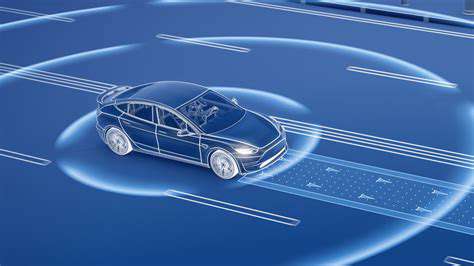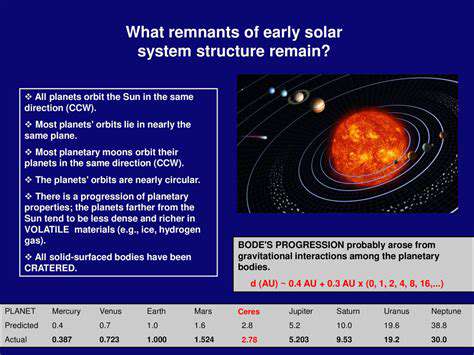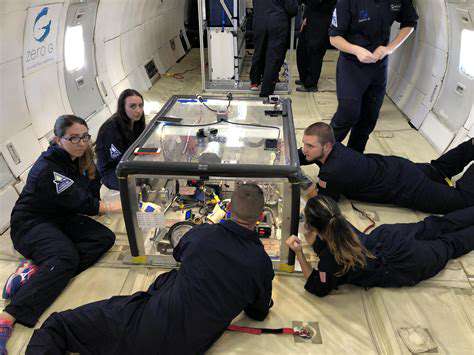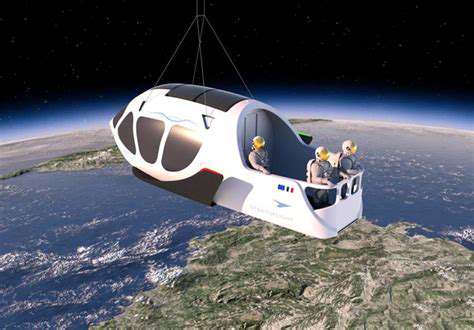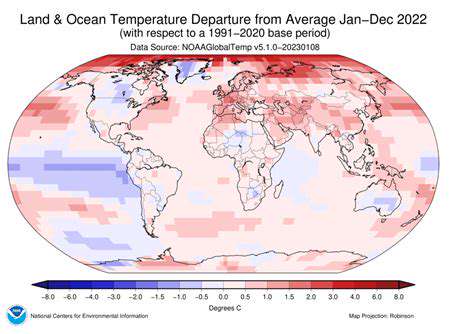Early Detection Strategies
Spotting dangerous asteroids and comets early is our best chance to protect Earth. Powerful telescopes on the ground and in space work together to find these space rocks long before they might hit us. This gives scientists plenty of time to plan how to deal with them. Special computer programs help sort through mountains of star data to pick out the real threats. These programs use smart image tricks and learning systems to notice tiny changes in how objects move through space.
Newer, better telescopes with super-sensitive cameras are game changers. They snap crystal-clear pictures that show exactly how big an asteroid is, what it's made of, and where it's headed. Knowing these details is absolutely necessary to figure out how dangerous it might be and what we should do about it.
Detailed Characterization and Risk Assessment
When we find a suspicious space object, scientists go to work studying it from every angle. They map its path, measure its size, and analyze what it's made of to predict where it might go. Supercomputers run complex simulations that account for all the gravity forces in space to make sure these predictions are spot-on.
What an asteroid is made of matters just as much as where it's going. A metallic rock would cause different damage than an icy comet. Understanding this helps predict exactly what might happen if it hits and how we might stop it. Scientists look at everything - the angle it might hit, how fast it's moving, and what kind of area it might strike.
This careful study forms the foundation for all our defense plans. The more we know, the better we can protect ourselves from space threats.
Mitigation Strategies: Deflecting the Threat
Kinetic Impactor
One way to stop an asteroid is to crash a spacecraft into it. The collision gives the asteroid a small push to change its path. This works best for medium-sized asteroids and needs perfect timing to avoid making the situation worse.
Gravity Tractor
For a gentler approach, we could park a heavy spacecraft near an asteroid. Over years, its tiny gravity pull would slowly steer the asteroid away. This takes much longer but avoids any sudden changes.
Nuclear Option
While powerful, using nuclear explosions is controversial. The blast would need perfect control to avoid creating dangerous space debris or radiation concerns.
Breaking It Apart
Splitting an asteroid into smaller pieces could make it less dangerous. This requires knowing exactly how the asteroid is put together inside to do it safely.
Warning Systems
Good warning systems give us time to act. Networks of telescopes and radars constantly scan the skies, with computers calculating paths to spot threats early.
Working Together
No single country can handle this alone. Countries must share information and resources to protect everyone. Teaching people about these threats helps build support for needed defenses.
International Cooperation and Preparedness: A Global Responsibility

Global Teamwork
Sharing knowledge across borders makes all defense systems stronger. When countries combine their strengths, they create better protection for everyone. Working together prevents wasted effort and makes the most of limited resources.
Smart Investments
Spending money on prevention saves lives later. Building better detection systems and training experts around the world means we're ready before danger appears. This forward-thinking approach stops disasters before they start.
Standard Procedures
Having the same emergency plans worldwide makes responses faster and more effective. When everyone follows the same playbook during a crisis, help arrives where it's needed most.
Stronger Defenses
Real safety comes from multiple layers of protection. Better technology, trained teams, and international coordination create a shield against space threats. This isn't about one country - it's about protecting our shared home.
The Future of Planetary Defense: Proactive Measures for a Safer Future
Better Detection
Our first line of defense is spotting threats early. Next-generation telescopes with sharper vision will find smaller, more distant objects. The sooner we see danger coming, the more options we have to stop it.
Smarter Deflection
Scientists keep improving ways to nudge asteroids off course. Some methods work fast, others take time but are gentler. The right choice depends on the specific threat we're facing.
Worldwide Effort
Because asteroids don't care about borders, neither can our defenses. International teams must share data and resources to mount effective responses. Regular practice runs help smooth out any coordination problems.
Public Understanding
When people understand the real but manageable risks, they support needed protections. Clear explanations of what scientists are doing build trust and help everyone feel safer.
